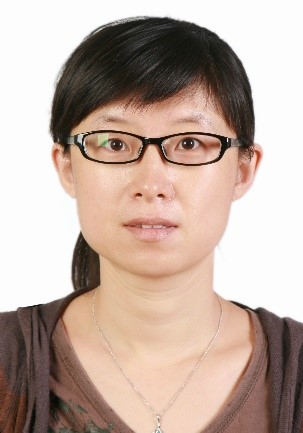
Education and Research Experience
· 2018 - Present: Specially Appointed Professor, Hefei National Research Center for Physical Sciences at the Microscale, University of Science and Technology of China (USTC)
· 2010/2011/2012: Visiting Scholar, University of Tennessee, USA (1-2 months each year)
· 2007 - 2017: Assistant Researcher, Hefei National Research Center for Physical Sciences at the Microscale, USTC
· 2001 - 2006: Ph.D., the Hong Kong University of Science and Technology
· 2000 - 2001: Master’s Research, USTC
· 1996 - 2000: Bachelor’s Degree, USTC
Current Research Focus
The main research direction includes the theoretical design, computational simulation, and physical property study of low-dimensional energy and information materials, with effective interactive cooperation with experimental studies. The research mainly revolves around two-dimensional layered material systems, utilizing multiscale simulation and computation based on the first-principles method to conduct systematic studies from nonequilibrium growth mechanisms and morphology control to property optimization. Specific systems include monolayers, ribbons, clusters, grain boundaries, heterojunctions, and superlattices of materials such as graphene, hexagonal boron nitride, phosphorene, transition metal dichalcogenides, and topological insulators. Properties studied include electronic, excitonic, magnetic, spin transport, catalytic, topological, and superconducting properties.
Representative Papers
1. W. J. Ding, J. Zeng, W. Qin, P. Cui*, and Z. Y. Zhang*, “Exploring high transition temperature superconductivity in a freestanding or SrTiO3-supported CoSb monolayer”, Phys. Rev. Lett. 124, 027002 (2020).
2. L. Q. Li, J. Zeng, W. Qin, P. Cui*, and Z. Y. Zhang*, “Tuning the hydrogen activation reactivity on topological insulator heterostructures”, Nano Energy 58, 40 (2019).
3. J. Zeng, P. Cui*, and Z. Y. Zhang*, “Half layer by half layer growth of a blue phosphorene monolayer on a GaN(001) substrate”, Phys. Rev. Lett. 118, 046101 (2017). [Editors’ Suggestion]
4. P. Cui, J. H. Choi, C. G. Zeng, Z. Y. Li, J. L. Yang, and Z. Y. Zhang, “A kinetic pathway towards high-density ordered N doping of epitaxial graphene on Cu(111) using C5NCl5 precursors”, J. Am. Chem. Soc. 139, 7196 (2017).
5. Y. X. Chen#, P. Cui#, X. B. Ren, C. D. Zhang, C. H. Jin, Z. Y. Zhang, and C. K. Shih, “Fabrication of MoSe2 nanoribbons via an unusual morphological phase transition”, Nat. Commun. 8, 15135 (2017).
6. P. Cui, J. H. Choi, W. Chen, J. Zeng, C. K. Shih, Z. Y. Li, and Z. Y. Zhang, “Contrasting structural reconstructions, electronic properties, and magnetic orderings along different edges of zigzag transition metal dichalcogenide nanoribbons”, Nano Lett. 17, 1097 (2017).
7. P. Cui, Q. Zhang, H. B. Zhu, X. X. Li, W. Y. Wang, Q. X. Li, C. G. Zeng, and Z. Y. Zhang, “Carbon tetragons as definitive spin switches in narrow zigzag graphene nanoribbons”, Phys. Rev. Lett. 116, 026802 (2016).
8. Y. N. Zhou, W. Chen, P. Cui*, J. Zeng, Z. N. Lin, E. Kaxiras, and Z. Y. Zhang*, “Enhancing the hydrogen activation reactivity of nonprecious metal substrates via confined catalysis underneath graphene”, Nano Lett. 16, 6058 (2016).
9. J. H. Choi#, P. Cui#, H. P. Lan, Z. Y. Zhang, “Linear scaling of the exciton binding energy versus the band gap of two-dimensional materials”, Phys. Rev. Lett. 115, 066403 (2015).
Address: B0903, Material Science Research Building B, Hefei National Research Center for Physical Sciences at the Microscale, University of Science and Technology of China, Hefei, Anhui, 230026, China
Phone: +86-551-63601936

